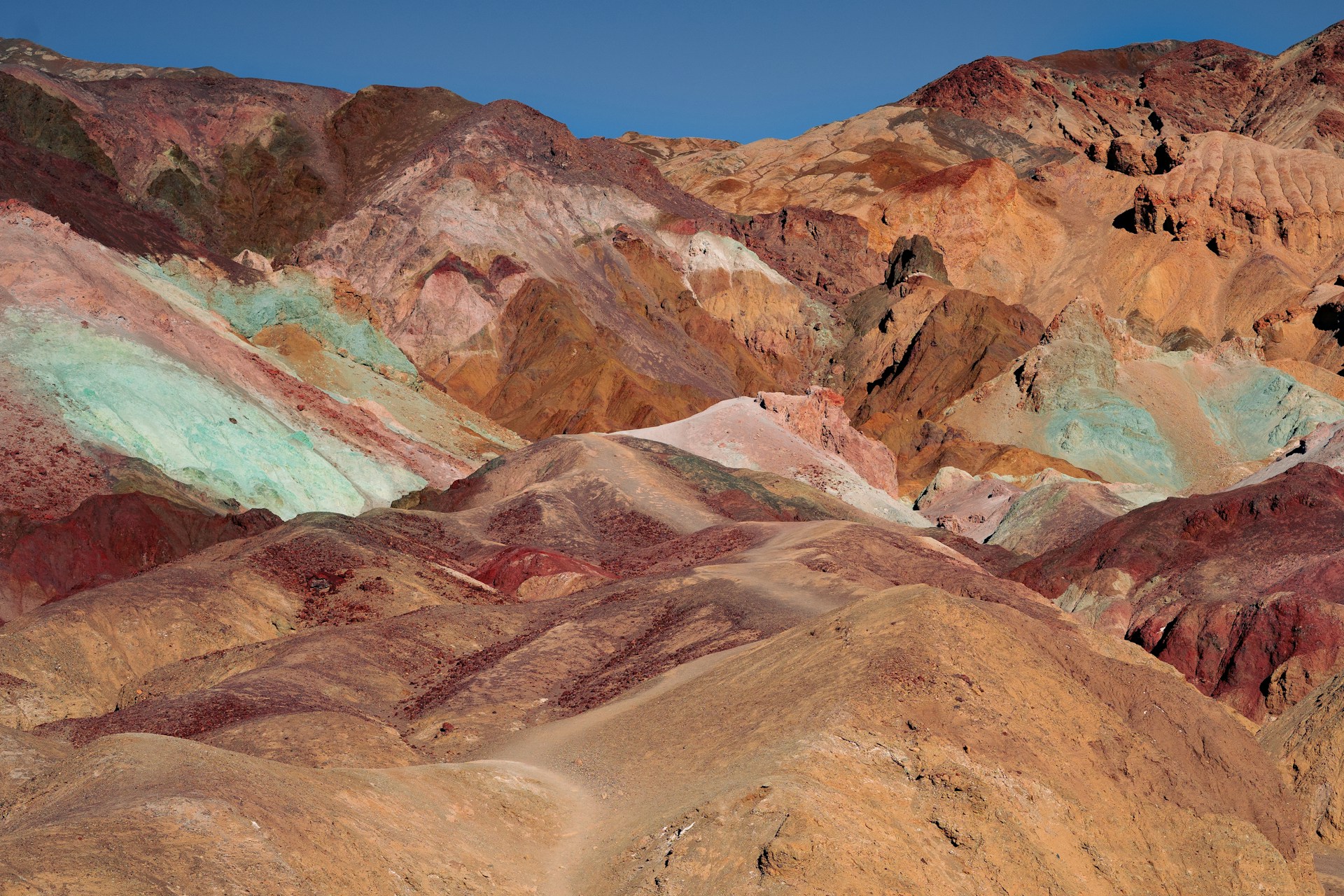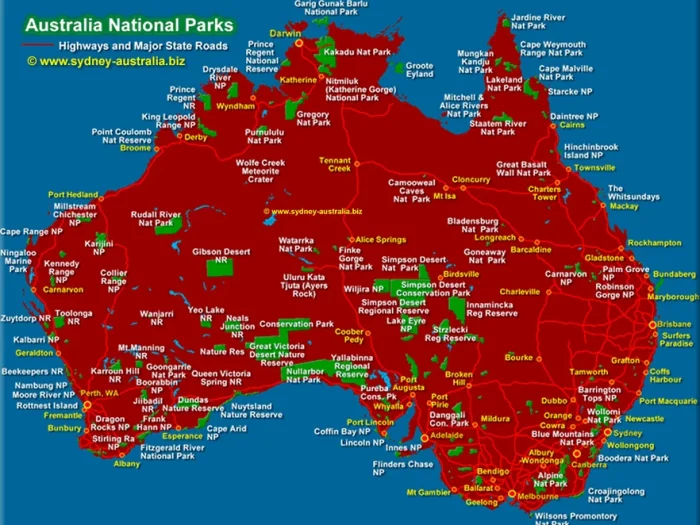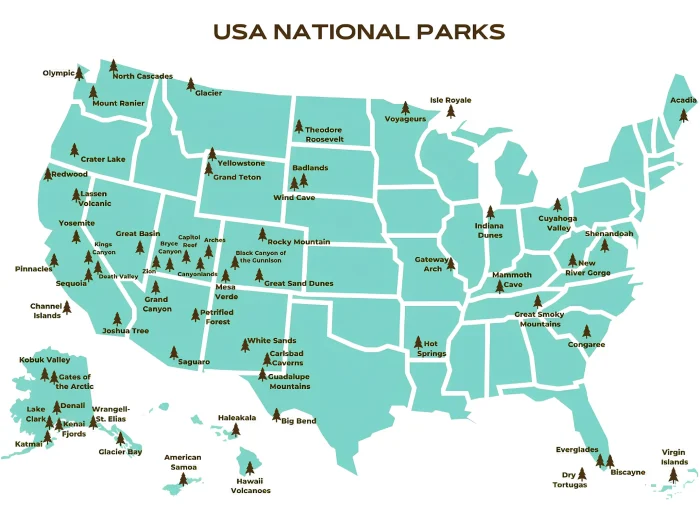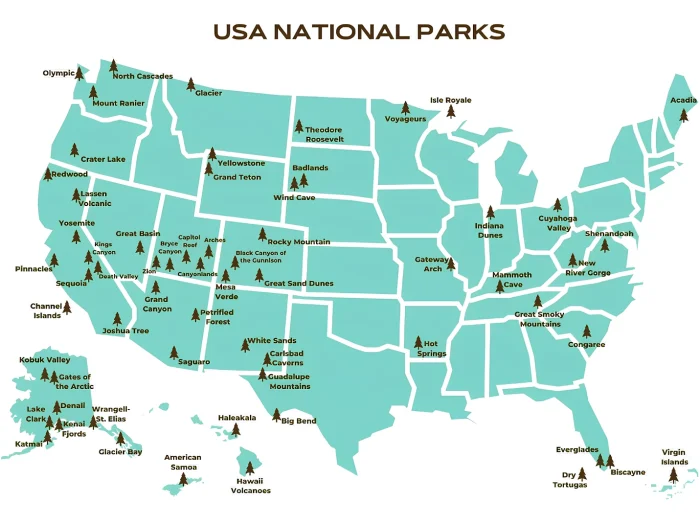Death Valley National Park History
Death Valley National Park, known for its extreme landscapes and record-breaking temperatures, has a rich history not just in geology but also in conservation. But when exactly was this remarkable desert officially designated a national park?

Early Protection Efforts
The first major step toward protecting Death Valley came in 1933. President Herbert Hoover, recognizing the unique geological and ecological significance of the area, designated it as Death Valley National Monument on February 11, 1933. This initial protection helped shield the valley’s rare landscapes and historic mining sites from further industrial exploitation.
However, Death Valley remained a “national monument” — not yet a full national park — for over 60 years.
Becoming a National Park
It wasn’t until the passage of the California Desert Protection Act that Death Valley was officially established as a national park. On October 31, 1994, President Bill Clinton signed the act into law. This legislation upgraded Death Valley from a national monument to a national park and expanded its size significantly — more than doubling the original protected area to cover over 3.4 million acres, making it the largest national park in the contiguous United States.
The Act also recognized the area’s environmental sensitivity, historical significance, and incredible biodiversity. It provided stronger protections for the fragile desert ecosystems and cultural resources, ensuring that Death Valley’s unique natural beauty would be preserved for future generations.
Death Valley National Park Timeline
| Year | Milestone |
|---|---|
| Pre-1800s | Area inhabited by Timbisha Shoshone Native Americans for at least 1,000 years |
| 1849 | Gold seekers enter valley during California Gold Rush, giving Death Valley its name after surviving the harsh conditions |
| 1883 | Borax discovered in Death Valley; mining operations begin |
| 1883-1889 | Twenty-mule team borax wagons become famous hauling borax out of Death Valley |
| 1904 | Borax mining discontinued in Death Valley as more profitable deposits found elsewhere |
| 1913 | Death Valley records highest temperature ever measured on Earth (134°F/56.7°C) at Furnace Creek on July 10 |
| 1927 | Death Valley Ranch (later Scotty’s Castle) completed by Albert Johnson |
| 1933 | President Herbert Hoover establishes Death Valley as a National Monument |
| 1933-1942 | Civilian Conservation Corps builds facilities and improves infrastructure in Death Valley |
| 1937 | Death Valley View Hotel (now The Inn at Death Valley) opens |
| 1952 | First visitor center established at Furnace Creek |
| 1980 | Timbisha Shoshone Tribe federally recognized |
| 1984 | Death Valley is included in UNESCO’s Mojave and Colorado Deserts Biosphere Reserve, acknowledging its ecological importance |
| 1994 | Death Valley elevated from National Monument to National Park status by California Desert Protection Act |
| 2000 | Timbisha Shoshone Homeland Act gives the tribe 7,500 acres of land within the park |
| 2004 | Legislative changes result in the distribution of compensation funds meant for the Timbisha Shoshone Tribe being reallocated to individual Indians, raising concerns about fairness and the treatment of indigenous peoples by federal law |
| 2005 | Death Valley celebrates its centennial as a protected area |
| 2015 | Record-breaking wildflower “super bloom” transforms the desert landscape |
| 2018 | Park’s 60th anniversary as part of the National Park Service |
| 2020 | Death Valley records 130°F (54.4°C), one of the hottest temperatures reliably recorded on Earth |
Why the Change Was Important
The transition from a national monument to a national park wasn’t just symbolic. National parks often receive more funding, stricter environmental protections, and greater public recognition compared to monuments. The upgrade reflected the increasing appreciation for Death Valley’s diverse features, from salt flats and sand dunes to volcanic craters and lush oases.
Death Valley Today
Today, Death Valley National Park stands as a testament to the power of nature and the commitment to preservation. It welcomes nearly a million visitors a year who come to marvel at its dramatic landscapes, colorful canyons, and fascinating history.
From its early days as a rugged mining region to its current status as a world-renowned national park, Death Valley’s journey reminds us of the importance of protecting and valuing the natural wonders around us.




